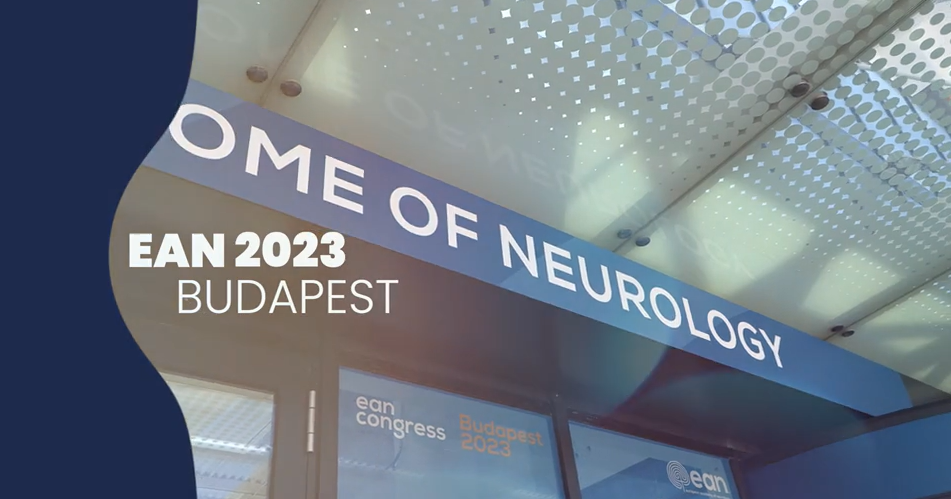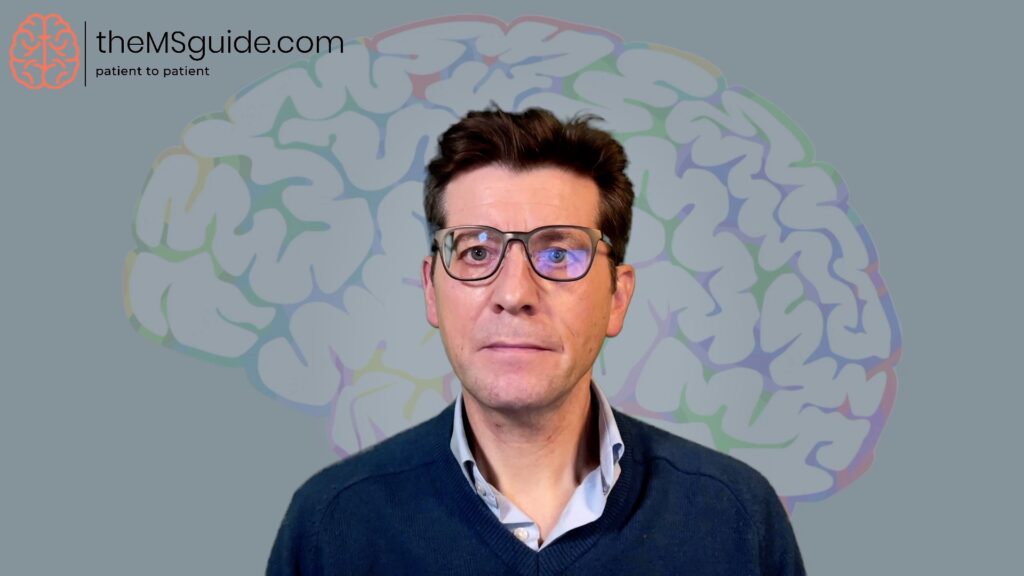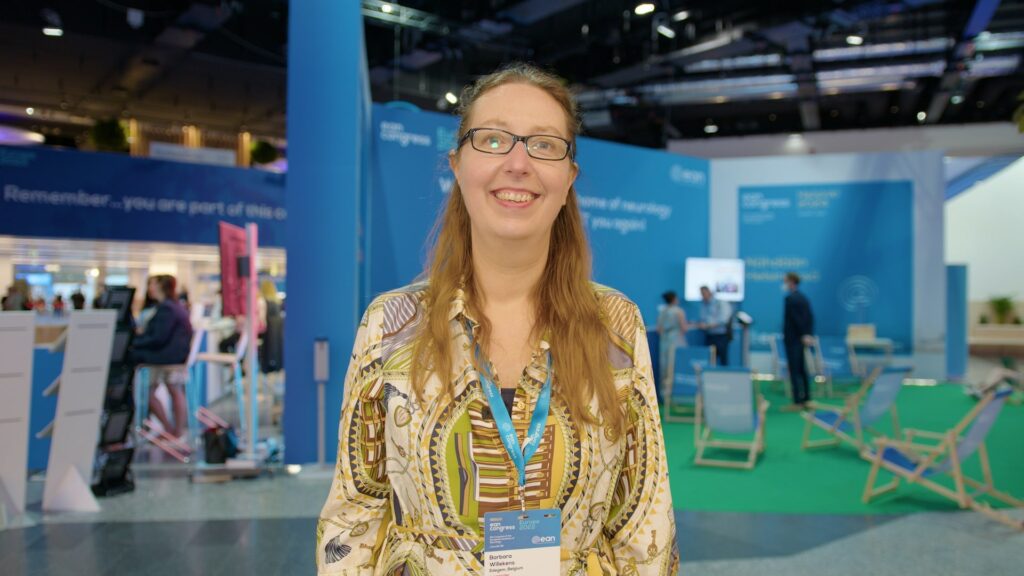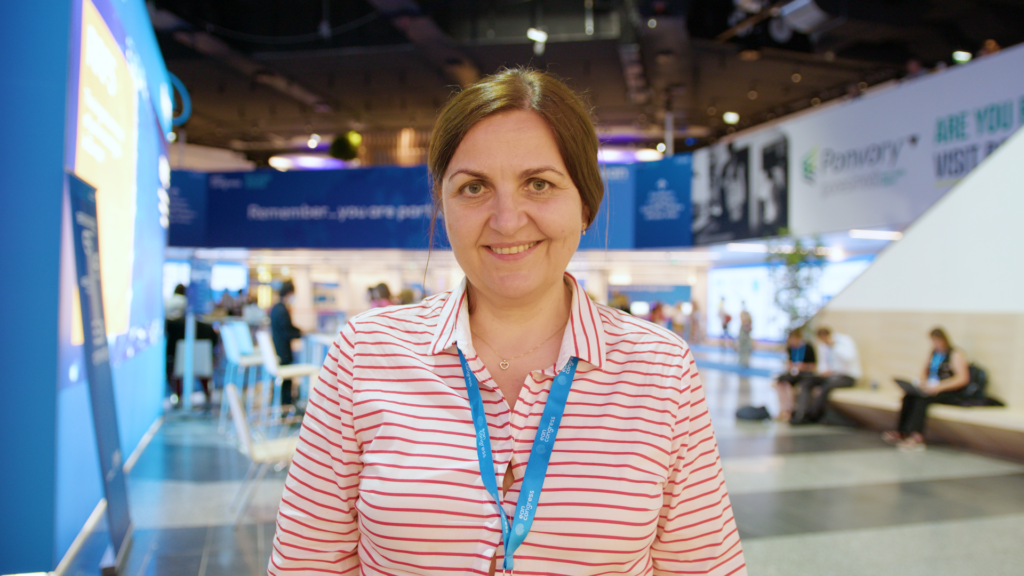The 4th Congress of the European Academy of Neurology (EAN) was held from 16–19 June 2018 in Lisbon, Portugal. This article will discuss some of the key presentations on the subject of multiple sclerosis (MS), which continues to impose a substantial health and economic burden throughout Europe.
In order to establish a diagnosis of MS, guidelines recommend magnetic resonance imaging (MRI) of both the spinal cord and the brain,1 but when monitoring disease progression, only brain MRIs are typically used.2 An oral presentation of a recent study suggested assessments of inflammation should also include scans of the spinal cord.3 Inflammatory activity was defined by the presence of at least one gadolinium (Gd)-enhancing lesion according to its location. Researchers analysed 5,717 MRI scans from an MS registry, of which 4,537 (79.3%) showed no Gd enhancement. Among the remaining 1,180 scans, 651 (55.2%) showed Gd-enhancing lesions in the brain only, and 232 (19.7%) had Gd-enhancing lesions in both the brain and spinal cord. However, 297 (25.2%) of these scans showed Gd-enhancing lesions only in the spinal cord. The researchers concluded that limiting MRI monitoring to the brain may underestimate inflammatory activity. Routine MRI monitoring of the spinal cord in clinical practice could allow neurologists to switch treatment to more powerful drugs in a larger number of patients.3
Another presentation detailed a new approach to producing the EAN guideline on palliative care of patients with severe MS.4 A total of 934 patients with MS and their families have been closely involved in the development of these guidelines. Two approaches were used to ensure participation of the consumers. An international online survey was launched by national MS societies. In addition, MS patients and family caregivers were invited to focus-group meetings. Participants agreed/strongly agreed on inclusion of the nine pre-specified topics (from 89% for ‘advance care planning’ to 98% for ‘multidisciplinary rehabilitation’). There were 569 free comments, of which 182 (32%) were relevant to the specified topics; 227 comments (40%) addressed additional topics, of which 16 were relevant to the guideline. The investigators concluded that consumer involvement was resource and time intensive, but rewarding, increasing the reliability and relevance of the guideline for clinical practice.4
The importance of caregivers was also reflected in another presentation, which described a brief self-assessment tool designed to assess the burden of caregivers of patients with MS.5 The Caregiver Strain Index (CSI) comprised 13 questions that were posed to family caregivers. A maximum of two points were awarded per answer and the higher the final total, the larger the perceived burden that carers were under. The Spanish study surveyed 72 caregivers of a sample of 201 patients with MS. Results showed that 23.6% of carers had a high level of strain. The CSI questionnaire will be useful to identify caregivers of MS patients who face a particularly heavy burden and consequently need additional support.5
In addition, representatives from industry presented the latest data from their portfolios. Genentech had a series of presentations of clinical data for ocrelizumab (Ocrevus®, Genetech, South San Francisco, CA, US). A new analysis of data from the phase III ORATORIO study (NCT01194570) showed that patients with primary progressive MS (PPMS) treated with ocrelizumab had a 46% lesser risk of progressing to a wheelchair compared with those receiving placebo, based on data using 24-week confirmed disability progression as measured by the length of time until a person reaches Expanded Disability Status Scale 7 or greater. Ocrelizumab treatment was estimated to delay the need for a wheelchair by 7 years compared with placebo; the median time-to-wheelchair was an estimated 19.2 years for ocrelizumab-treated patients and 12.1 years for the placebo group.6 In a press release, Helmut Butzkueven, professor and chair of MS and Neuroimmunology Research at Central Clinical School, Monash University said: “To a person living with PPMS, for whom disability accumulates twice as fast as in relapsing MS (RMS), seven more years without the need for a wheelchair could extend the time they can live independently in their home, continue working or looking after their families.”7 Two new phase IIIb clinical trials, ORATORIO-HAND, which will evaluate ocrelizumab’s benefit in maintaining upper-limb strength and CONSONANCE (NCT03523858), which will assess the ocrelizumab’s efficacy in both PPMS and secondary progressive MS are also planned.
Data from a phase II trial evaluating TG Therapeutics’ ublituximab, a novel glycoengineered antiCD20 monoclonal antibody, continue to support the therapy’s efficacy and safety in patients with RMS. In the TG1101-RMS201 study (NCT02738775), all of the 24 subjects exceeded the target of 95% B-cell depletion within 4 weeks of ublituximab treatment. At the time of reporting, 11 of 24 subjects had completed all assessments in the 52-week trial: 87% remained relapse-free and 81% were confirmed free of disability progression. There was 100% reduction of T1 Gd-enhancing lesions at 52 weeks. The most common adverse event (AE) was infusion-related reaction (IRRs), all of which were grade 1 or 2, in 17% of patients.
No severe AEs were reported. Faster infusion time (as low as 1 hour) did not increase IRR frequency. This investigative therapy is now moving into a phase III study.8
Merck presented 14 abstracts in the treatment of RMS,9 including a post-hoc analysis of the phase III CLARITY study (NCT00213135) showing that treatment with cladribine tablets (Mavenclad®, Merck, Kenilworth, NJ, US) improved annualized relapse rate and MRI outcomes consistently in older (>50 years) and younger (≤50) adult patients with RMS.10 Treatment with cladribine tablets reduced the risk of relapse compared with placebo by 59% in patients 50 or younger, and by 52% in those older than 50. Moreover, cladribine tablets were found to have a comparable benefit-risk profile to five standard therapies approved in Europe for MS treatment (alemtuzumab, teriflunomide, fingolimod, dimethyl fumarate and natalizumab).10 In another presentation, the MRI in MS (MAGNIMS) score at year 1 was shown to predict the long-term risk of a clinical disease activity event or disability progression in patients treated with interferon beta-1a (Rebif®, EMD Serono, Inc., Rockland, MA, US).11
Merck also presented the results of their sponsored ‘MS in the 21st Century International Unmet Needs Survey’. These show that patients with MS have substantially different perceptions of the current unmet needs in MS compared to healthcare professionals (HCPs).9 This disparity was reinforced by a separate presentation from Celia Oreja-Guevara of the University Hospital San Carlos, and University Complutense, Madrid, Spain, of a sub-analysis of the ‘MS in the 21st Century International Unmet Needs Survey.’ This found that patients feel that communication with HCPs could be improved and help them become involved in treatment decisions.12 Identification and understanding of these differences could facilitate communication between HCPs and patients, improving individualised management approaches for patients.
This brief summary highlights some of the latest data on the efficacy and safety of disease-modifying therapies in the treatment of MS, as well as highlighting the importance of patients and their caregivers in all aspects of the management of their condition, from day-to-day treatment decisions to involvement in policy decisions.
References
1. Rovira A, Wattjes MP, Tintore M, et al. Evidence-based guidelines: MAGNIMS consensus guidelines on the use of MRI in multiple sclerosis-clinical implementation in the diagnostic process. Nat Rev Neurol. 2015;11:471–82.
2. Wattjes MP, Rovira A, Miller D, et al. Evidence-based guidelines: MAGNIMS consensus guidelines on the use of MRI in multiple sclerosis–establishing disease prognosis and monitoring patients. Nat Rev Neurol. 2015;11:597–606.
3. Ruggieri S, Logateta A, Tinelli E, et al. O332 Measuring disease activity in multiple sclerosis: do we need spinal cord MRI? Eur J Neurol. 2018;25(Suppl 2):71.
4. Köpke S, Giordino A, Veronese S, et al. EPR3123 Consumer involvement in formulation of the questions to be answered: findings from the EAN Guideline on Palliative Care of People with severe Multiple Sclerosis. Eur J Neurol. 2018;25(Suppl 2):546.
5. Ballesteros J, García-Domínguez JM, Martínez-Ginés ML, et al. EPO1078 Measuring burden in informal caregivers of patients with multiple sclerosis: the psychometric properties of the CSI questionnaire. Eur J Neurol. 2018;25(Suppl 2):137.
6. Butzkeuven H, Spelman T, Horakova D, et al. EPR1087 Risk of becoming wheelchair-confined in patients with primary progressive multiple sclerosis: data from the ORATORIO trial and a long-term real-world cohort from MSBase Registry. Eur J Neurol. 2018;25(Suppl 2):320.
7. Business Wire. Genentech Press release. Genentech announces new OCREVUS (ocrelizumab) data on long-term disability benefits in primary progressive multiple sclerosis and initiation of two global studies in progressive MS. Available at: https://www.businesswire.com/news/home/20180613006368/en/Genentech-Announces-OCREVUS-Ocrelizumab-Data-Long-Term-Disability (accessed 27 June 2018).
8. Fox EJ, Lovett-Racke A, Inglese M, et al. O331 Phase-2 multicenter study results of ublituximab, a novel glycoengineered antiCD20 monoclonal antibody (mAb), in patients with relapsing multiple sclerosis (RMS). Eur J Neurol. 2018;25(Suppl 2):71.
9. Merck KGaA. Data on investigational cladribine tablets and Rebif® (interferon beta-1a) in relapsing forms of multiple sclerosis (MS) to be presented at EAN 2018. Available at: https://www.emdgroup.com/en/news/data-on-mavenclad-and-rebif-in-rms-at-ean-14-06-2018.html?global_redirect=1 (accessed 26 June 2018).
10. Giovannoni G, Rammohan K, Cook S, et al. EPR1101 Efficacy of cladribine tablets 3.5 mg/kg in patients ≤50 and >50 years of age with relapsing-remitting multiple sclerosis (RRMS): a post hoc analysis from CLARITY. Eur J Neurol. 2018;25(Suppl 2):331.
11. Sormani MP, Freedman MS, Aldridge J, et al. EPR1083 Disease activity as assessed by the MAGNIMS score predicts long-term clinical disease activity (CDA)-free status and disability progression in patients treated with subcutaneous interferon beta-1a. Eur J Neurol. 2018;25(Suppl. 2):318.
12. Oreja-Guevara C, Langdon D, Rieckmann P, Verdun di Cantogno E. POD372 Patient involvement in treatment decision-making: a sub-analysis of the ‘MS in the 21st Century international unmet needs survey’ comparing patient and healthcare professional perspectives. Eur J Neurol. 2018;25(Suppl. 2):605.











